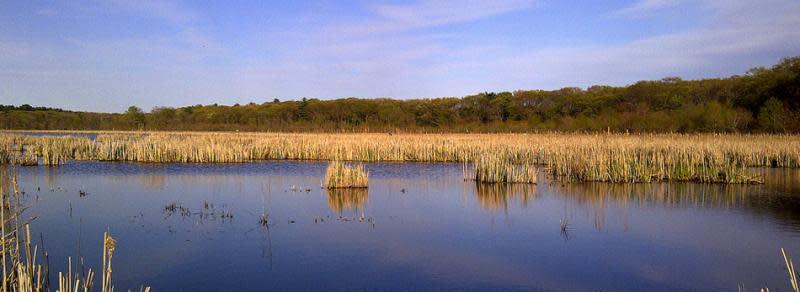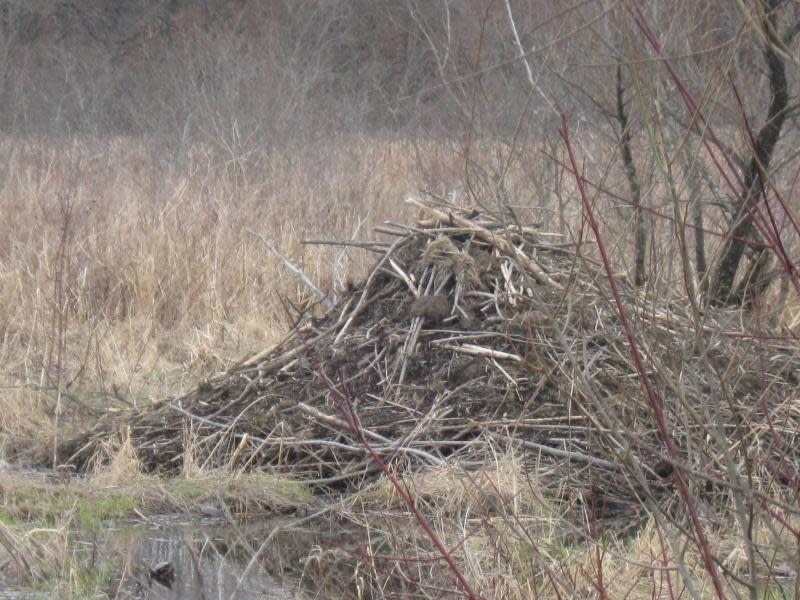
Great Meadows National Wildlife Refuge
About
GENERAL INFORMATION
Criteria:
- Protects biological diverse wetland flora, fauna and/or their habitat
- Supports significant numbers of wetland-dependent fauna, such as water birds or fish
Great Meadows is a large wetland/river system in a suburban area. In addition to large portions of it being in a National Wildlife Refuge, it is easily accessible for recreation (boating and fishing); provides opportunities for education (close proximity to public and private schools); supports multiple state-listed/protected wetland species (plant and animal); is identified on Massachusetts' BioMap2 as being Core Habitat with some Critical Natural Landscape; includes Priority Natural Communities, most of it is mapped as habitat for Species of Conservation Concern, and includes a large area of Forest Core which is a Landscape Block; and includes numerous state-certified vernal pools.
Exemplary Ecosystem Services:
- Maintains ecological connectivity/cohesion
- Aesthetic/cultural heritage value/ provisioning
- Recreation (birdwatching, ecotourism)
- Storm abatement
- Flood storage/mitigation
- Water quality improvement
- Education
CONSERVATION STATUS AND THREATS
Conservation status: National Government Protection
Adjacent Land Use: Residential - medium density
Approximate natural buffer width:
> 100 ft
Other information:
The water quality in the river is dependent on land use upstream and much of that is heavily suburbanized and has been for decades, or even centuries.
Partial non-federal ownership; however majority within National Wildlife Refuge
ECOLOGY
Approximate size: Approximately 1,600 ha (wetlands)
General wetland characterization:
- Inland Fresh Seasonally Flooded Basin/Flat
- Inland Fresh Meadow
- Inland Shallow Fresh Marsh
- Inland Deep Fresh Marsh
- Inland Open Fresh Water
- Inland Fresh Shrub Swamp
- Inland Fresh Wooded Swamp
Adjacent Water Bod(ies):
Stream
Name of body of water: Concord River
Surficial Geology:
Swamp deposits (muck, peat, silt and sand). Reference: Surficial Geology of the Concord Quadrangle, MA (USGS circa 1962)
Soils:
Numerous due to expansive size. Highlights from NRCS websoil survey: Freetown muck, ponded; Saco mucky silt loam; Hinckley loamy sand
FLORA AND FAUNA
Dominant flora: "Extensive buttonbush-dominated wetlands reflect long-term vegetational changes along both rivers. In many areas, invasive species, such as water chestnut or purple loosestrife have displaced plant species of high waterfowl value, such as bur-reed and bulrush." (USFWS website)
Dominant fauna: Muskrat, great blue heron and numerous other terrestrial and avian species (migratory and residential)
Rare fauna: American Bittern, Common Moorhen, Least Bittern, Umber Shadowdragon, Pied-billed Grebe
ADDITIONAL INFORMATION
Images


